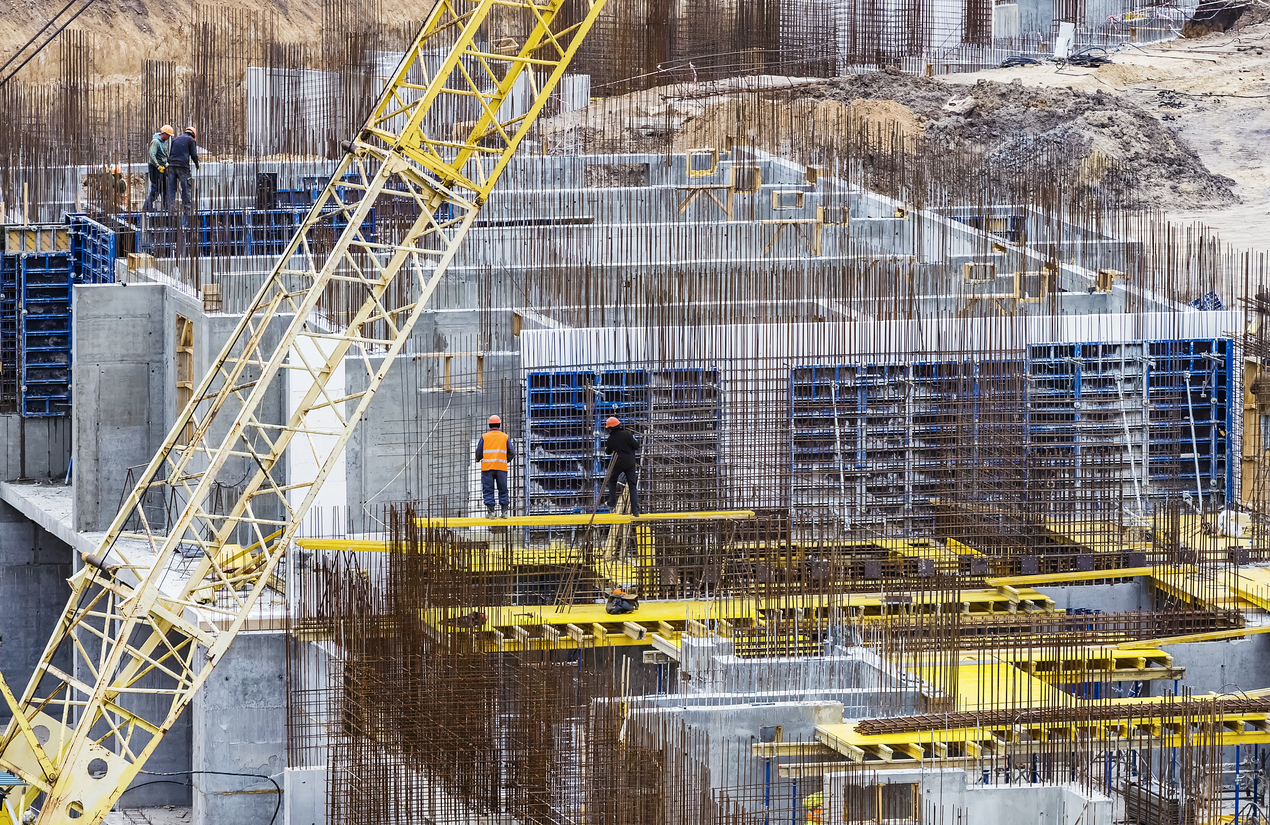
Heard of fiberglass and carbon-fiber rebar? Traditional carbon steel rebar has always given structural integrity to concrete which only has a tensile strength of about 10 to 15% of it’s compressive strength. When weight is applied to a concrete beam, it bends. The top will compress while the bottom of the beam is in tension. When steel rebar is added, it provides the tensile strength that the beam needs to carry the load.
One downside to steel rebar is rust. Over time, rebar can corrode, a process that is exacerbated in areas that are exposed to de-icing salt like parking lots and bridges. This corrosion can be mitigated with epoxy coatings which have been applied to rebar since the 1970s. If the coating is chipped or damaged, corrosion sets in and can result in the coating peeling off the rebar. This has led to some state banning the use of epoxy-coated rebar.
There are alternatives—stainless steel rebar is available but expensive. There is also fiber-reinforced polymer (FRP) rebar which is lighter than steel and doesn’t corrode. It doesn’t heat up in the sun and is around 4.5 times stronger than steel rebar. FRP costs around 15% to 25% more than steel and can’t be bent in the field.
The extra money spent on FRP can, in part, be recouped through less labor as they are lighter and, thanks to their strength, fewer bars are required.
Another option, especially for salt-exposed areas is hot-dipped galvanized rebar. This rebar remains corrosion free around four times longer than carbon steel bar and is only about 10% more expensive.
